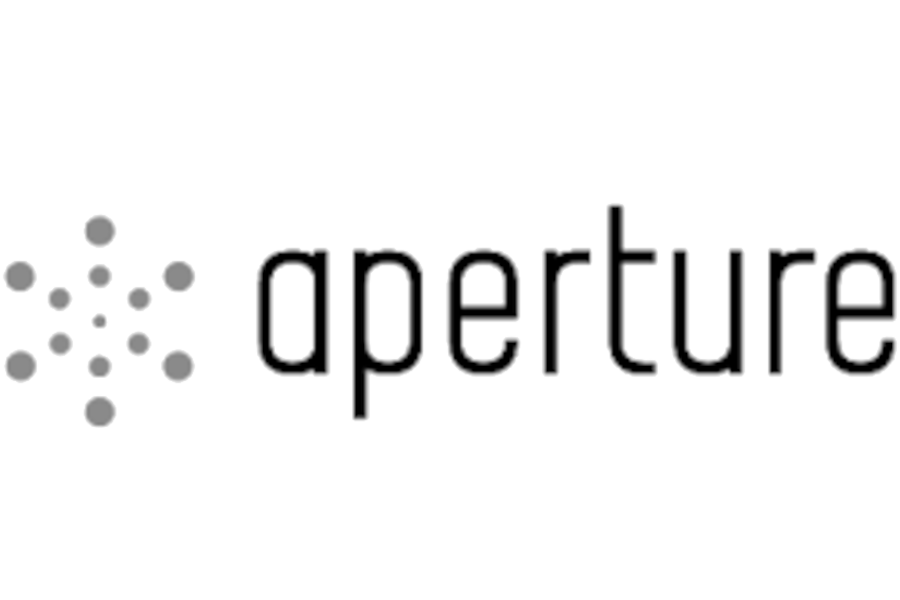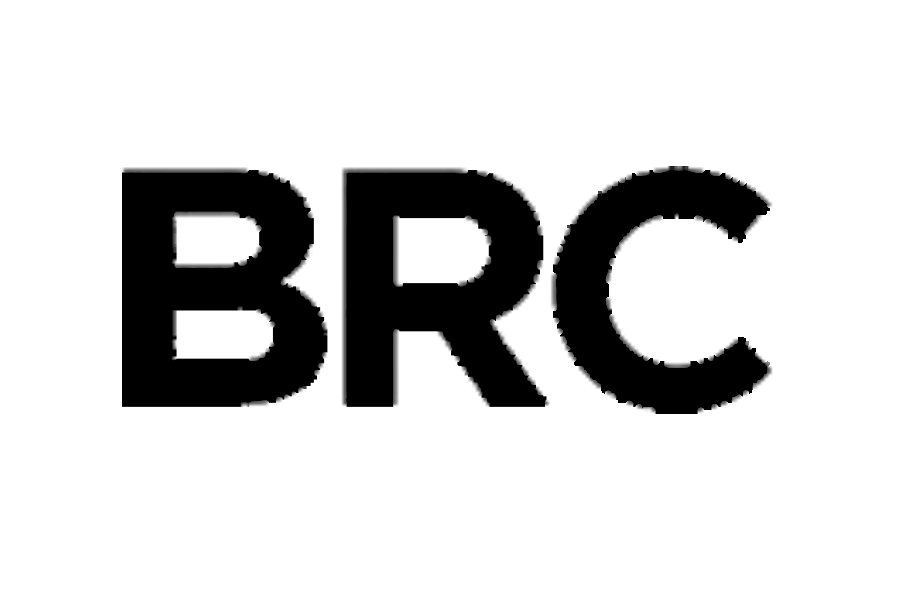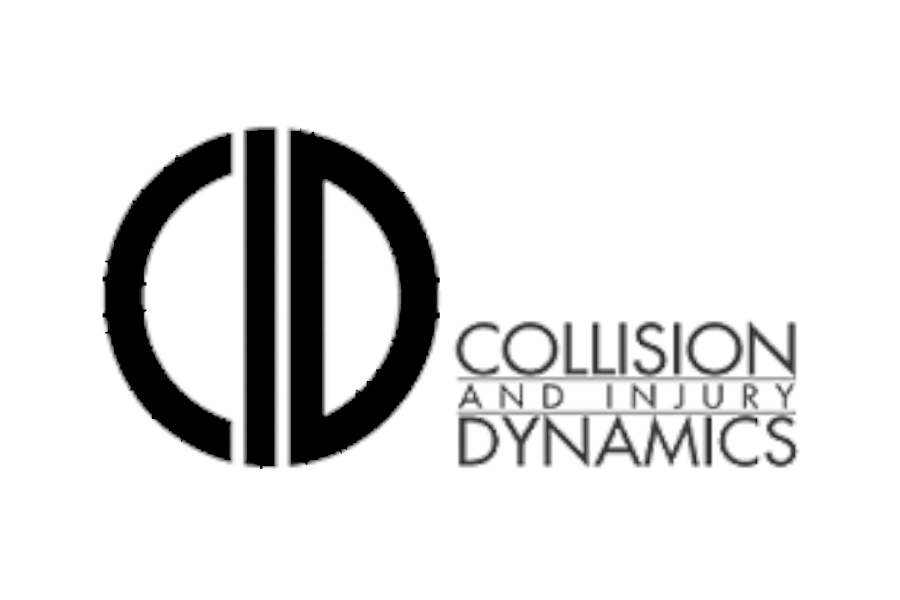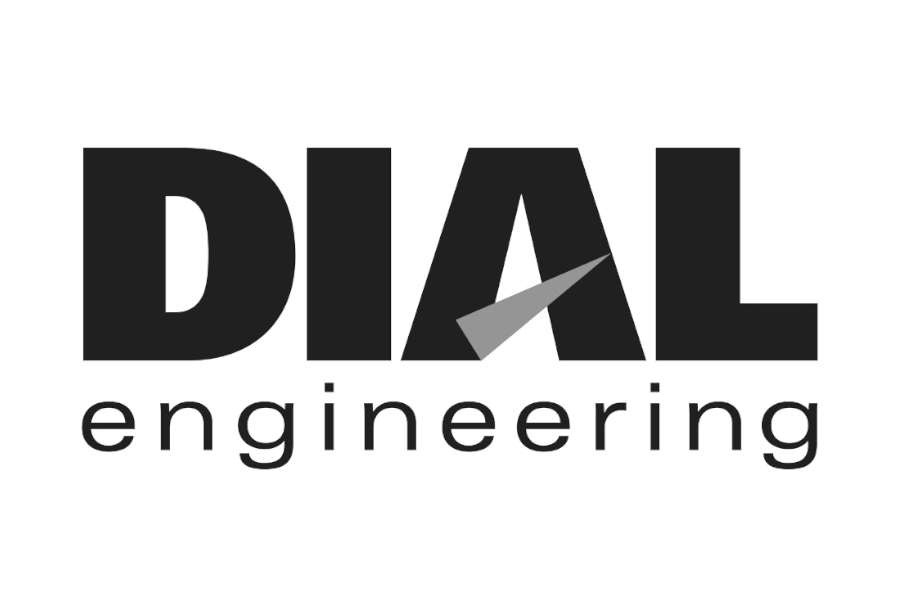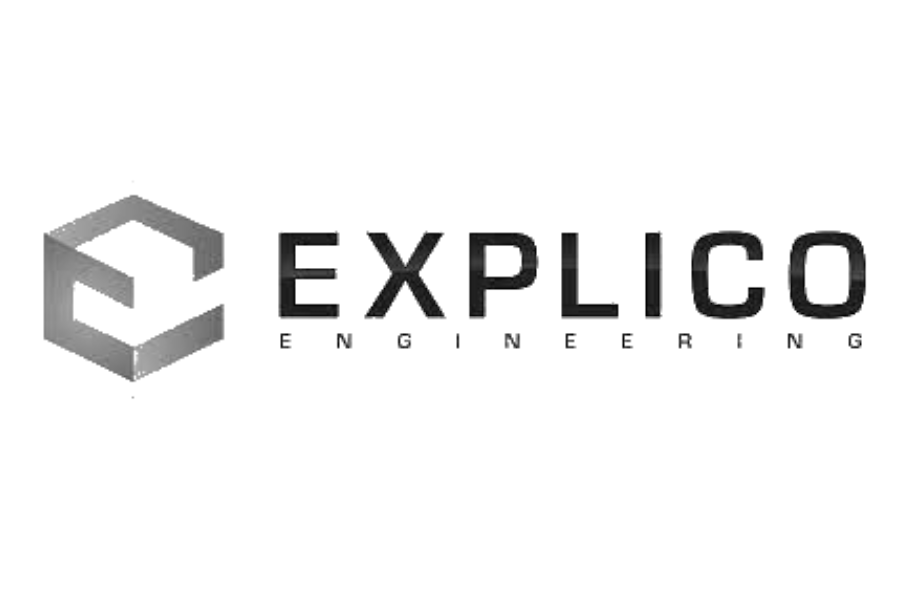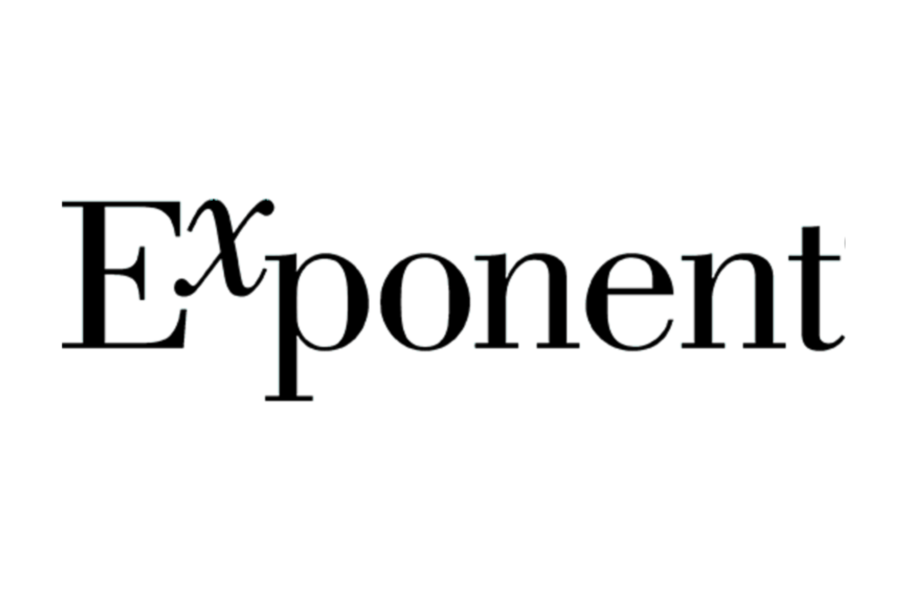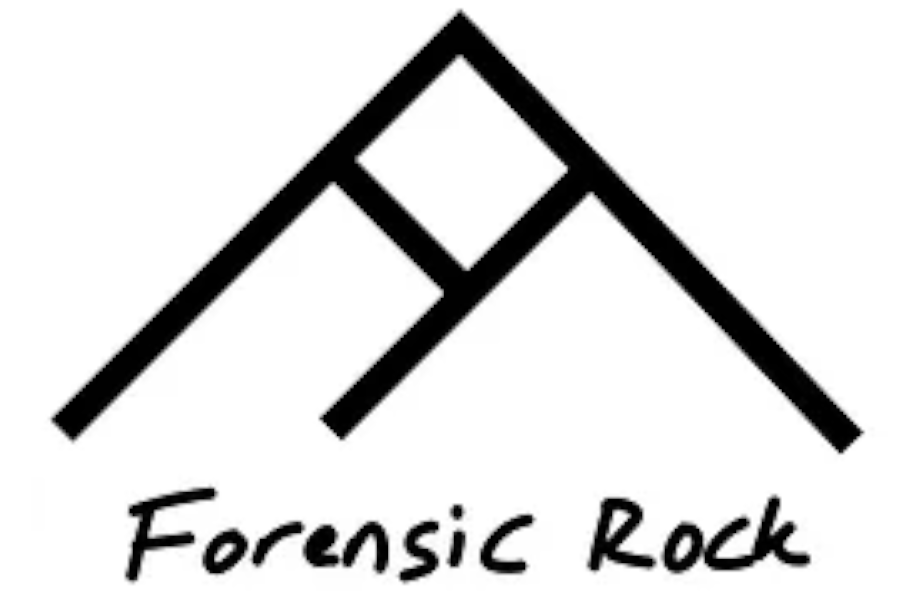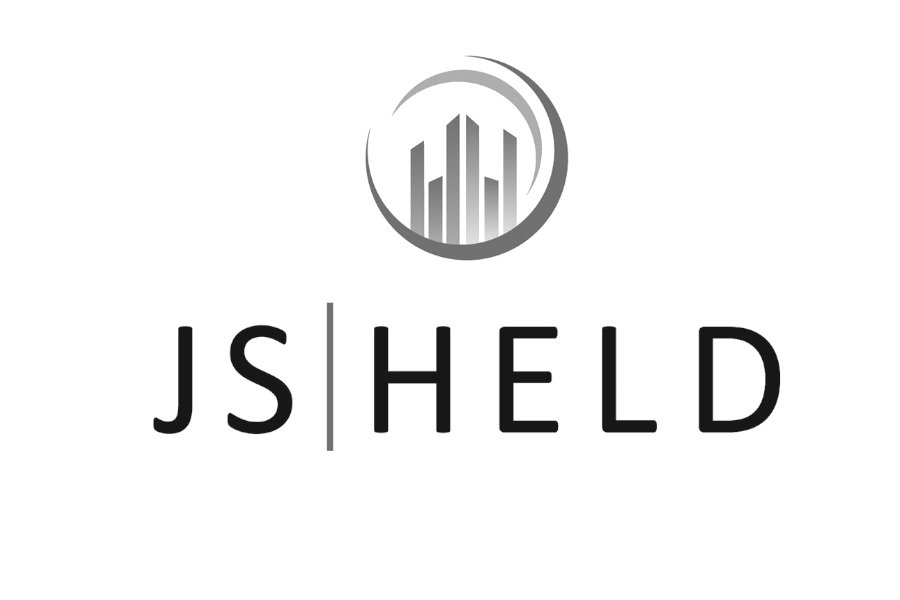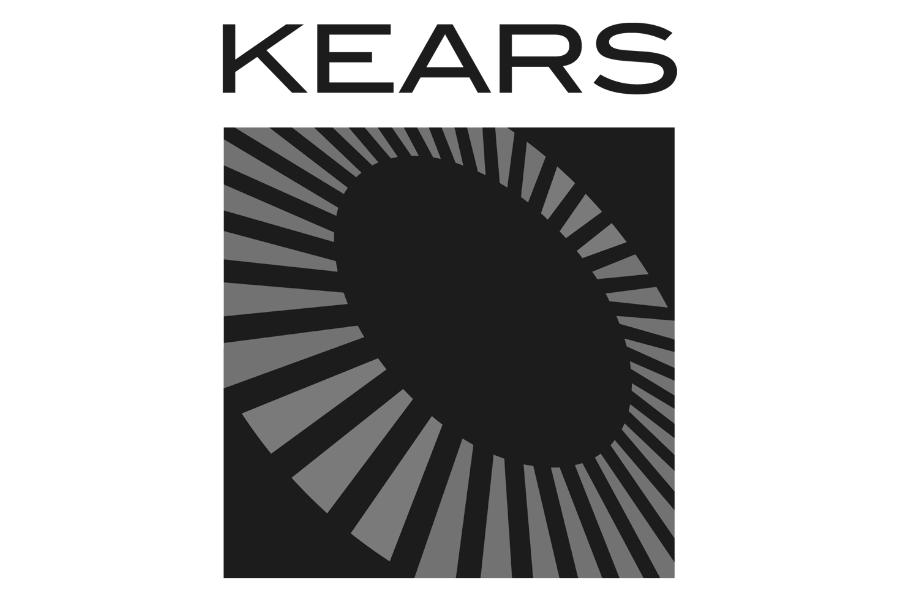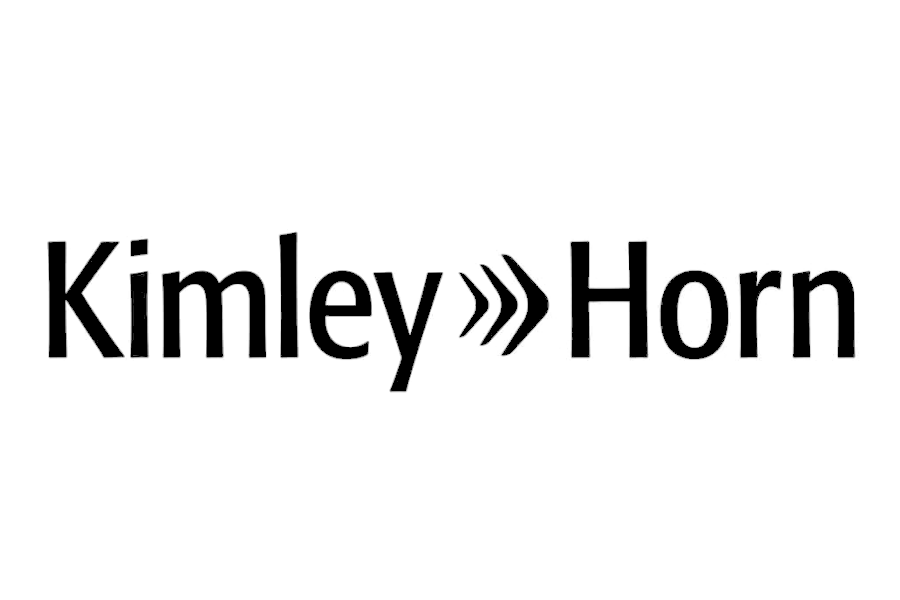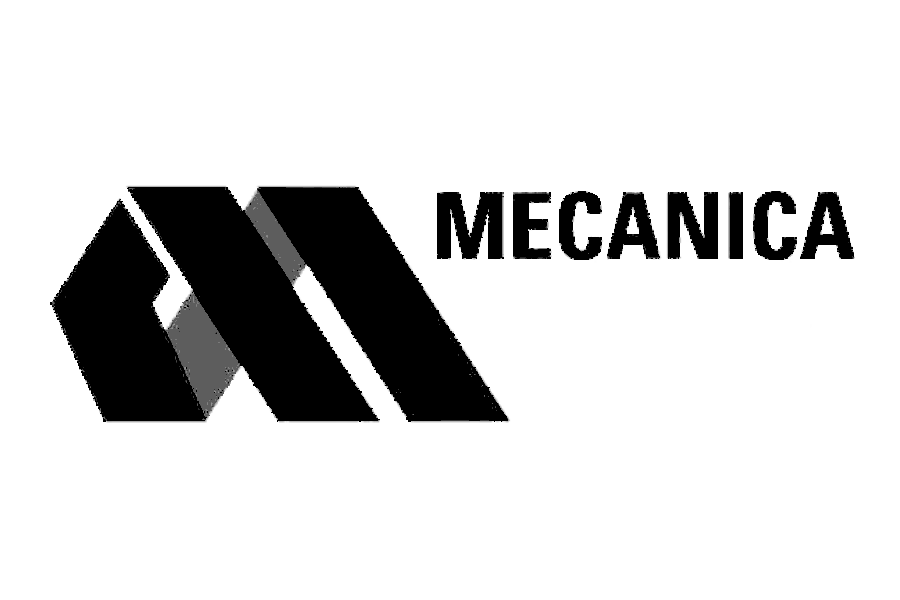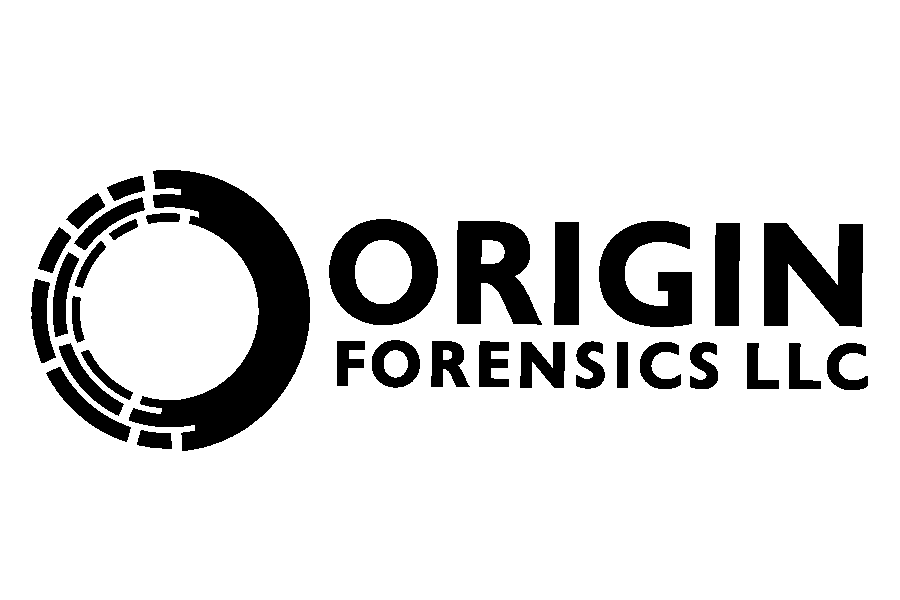Why use Retro-Reflective Targets?
/I used to wonder if calling a target RETRO-reflective was redundant. In short, it’s not. In long-form, a reflective object is something like a mirror, or a chrome bumper, where the light that hits the surface is reflected in every direction. A retro-reflective object is a surface that sends light back to the original source. In the case of photography, we can provide a strong light source with every click of the shutter using the flash. Using the flash with retro-reflective targets makes for a strong combination in the field of photogrammetry.
As you likely know, photogrammetry programs commonly identify contrasting circles for target marking. Given that fact, a white circle printed on a black background would be a very good target. However, a better target would be a white retro-reflective material on a black background, as the contrast is increased. See the photo below, and try to find the two non-retro-reflective targets…not too hard, huh?
High contrast makes target selection easier and more accurate. For instance, Photomodeler indicates accuracy of 1 part in 30,000 can be achieved using an 11+ MegaPixel, field calibrated camera, with retro-reflective targets. 1 part in 30,000 means that an object with a largest dimension of 25 feet, say like a car, can be modeled with 0.01 inch accuracy at 68% probability (more on that in another article).
On top of that, since retro-reflective targets create such good contrast, they can be much smaller (or farther away) and still create a consistently selectable target. For a project with a target up to 22 feet away (which is a typical distance when photographing a sedan), Photomodeler recommends using a target diameter of about 1 inch (with a 14 MP camera). However, if you’re using retro-reflective targets, the target can be half that size, or less. Put another way, if you were not using retro-reflective targets, the farthest you should be from a 1 inch target is 22 feet, but if that target was retro-reflective, it could be 44 feet away and still allow for consistent, accurate selection. In addition, if a vehicle or scene has to be photographed at night, retro-reflective targets will offer optimum contrast, making nighttime documentation possible and accurate.
In short, there are three major benefits to using retro-reflective targets:
- Accuracy
- Allows for smaller targets, or longer distance targeting
- Makes nighttime documentation possible and accurate
Hopefully this article helps you understand how retro-reflective targets can help with your future projects, and shows why Lightpoint chooses to use them in all of our projects.
Thanks for reading. To receive updates when similar articles are posted, please subscribe to our newsletter here.





